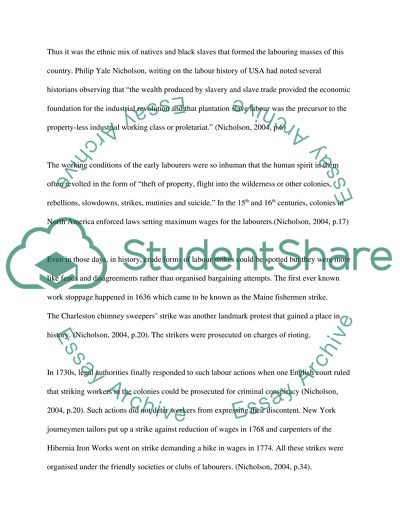Cite this document
(The Declining Incidences of Strikes in the United States Research Paper, n.d.)
The Declining Incidences of Strikes in the United States Research Paper. Retrieved from https://studentshare.org/law/1553654-the-declining-incidences-of-strikes-in-the-united-states-and-some-possible-explanations
The Declining Incidences of Strikes in the United States Research Paper. Retrieved from https://studentshare.org/law/1553654-the-declining-incidences-of-strikes-in-the-united-states-and-some-possible-explanations
(The Declining Incidences of Strikes in the United States Research Paper)
The Declining Incidences of Strikes in the United States Research Paper. https://studentshare.org/law/1553654-the-declining-incidences-of-strikes-in-the-united-states-and-some-possible-explanations.
The Declining Incidences of Strikes in the United States Research Paper. https://studentshare.org/law/1553654-the-declining-incidences-of-strikes-in-the-united-states-and-some-possible-explanations.
“The Declining Incidences of Strikes in the United States Research Paper”. https://studentshare.org/law/1553654-the-declining-incidences-of-strikes-in-the-united-states-and-some-possible-explanations.


